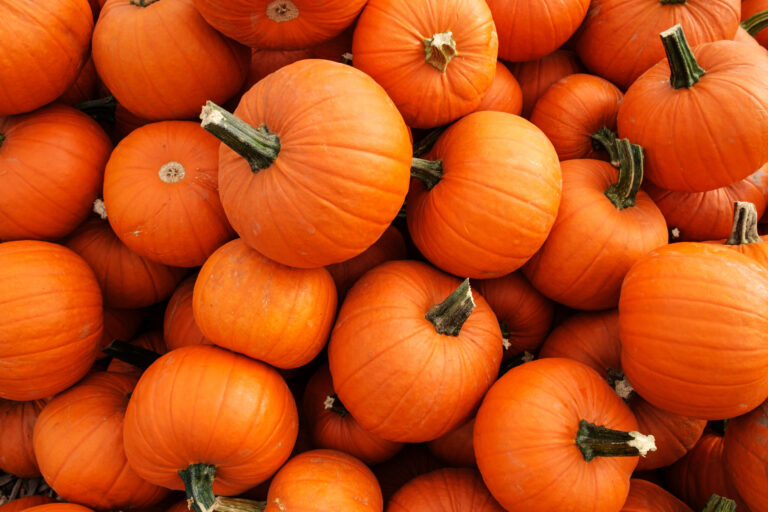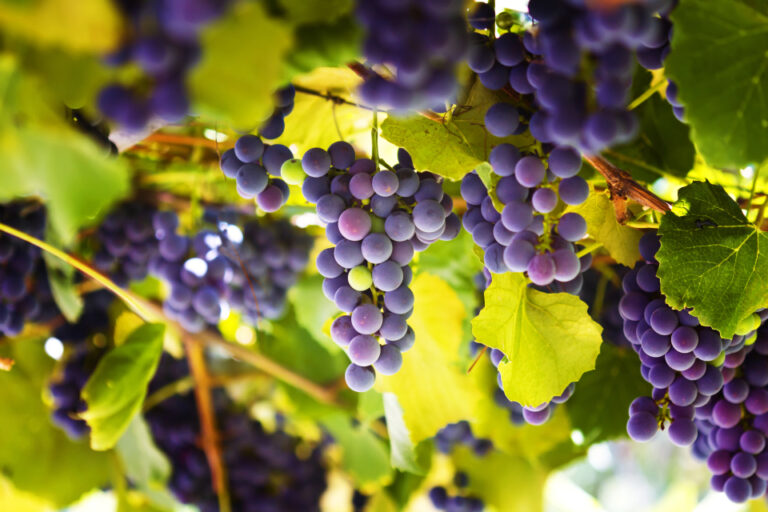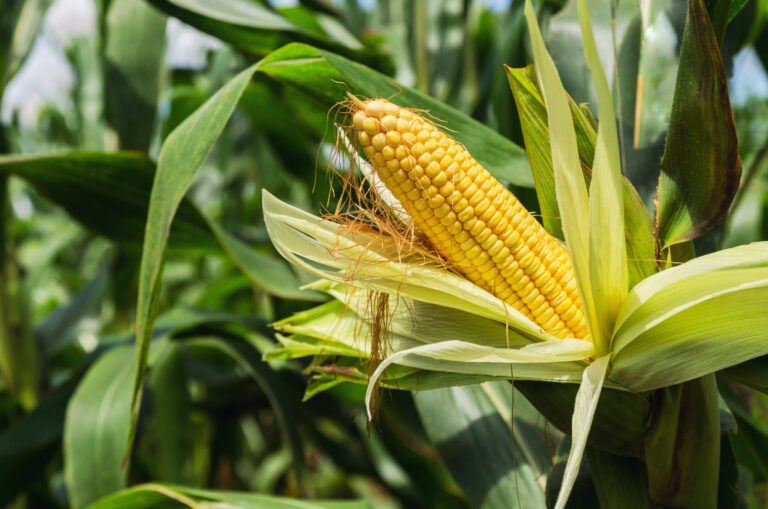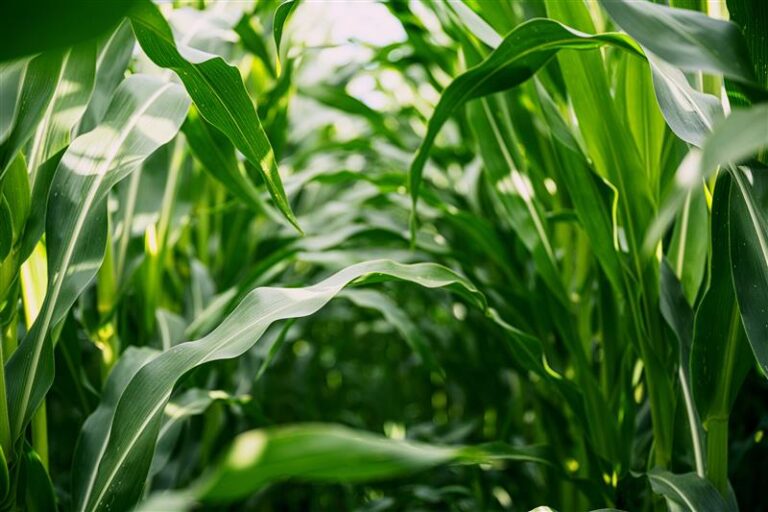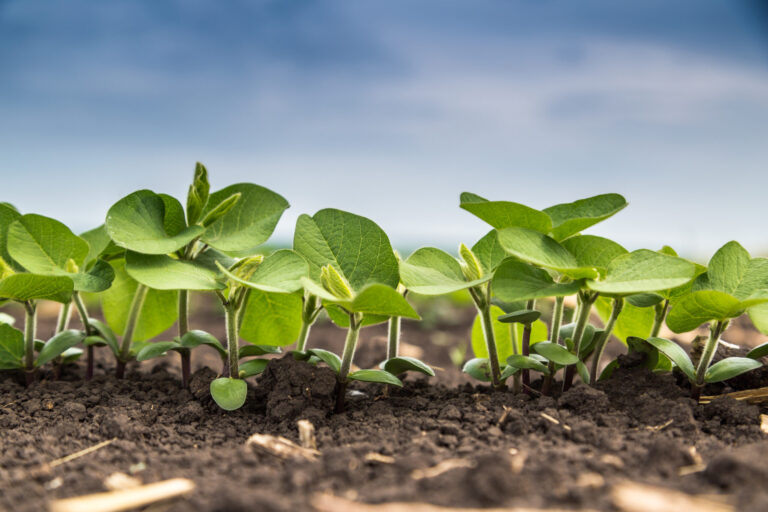Ripening is a critical phase in the sugarcane production cycle, marking the point when the plant transitions from vegetative growth to sugar accumulation. It is critical during this time to maximize sucrose concentration in the stalks before harvest, but achieving that goal consistently can be complex.
For growers, timing and control are everything. A well-ripened field leads to higher sugar content at harvest, a higher yield, and a greater ROI. Poorly timed or uneven ripening, on the other hand, can undercut the economic potential of the crop. That’s why many growers use ripening agents to concentrate sugars and ensure fields are uniformly mature by harvest time.
The Problem with Traditional Ripening Agents
Common ripening agents achieve sucrose accumulation by halting vegetative development and directing resources to the stalk. However, this can harm the plant’s ability to regrow. It is often referred to as “ratoon decline”. In sugarcane, where multiple ratoon crops are often harvested from a single planting, this has long-term consequences. When ratoon regrowth is compromised, the next crop cycle starts weaker, with fewer tillers and reduced vigor. A decrease in tiller number directly limits stand count and can result in potential yield loss in subsequent cuts.
What Does This Loss Cost Growers?
The economic loss from ratoon decline can be substantial. Depending on the region and growing system, ratoon crops can account for up to 30% of a grower’s total production over the lifetime of a field. Damage to the second ratoon can reduce overall stand longevity, increase replanting frequency, and decrease average tons of sugar per acre.
Damage to ratoon regrowth can result in a 5–10% reduction in yield in the following crop cycle, depending on the severity of the impact and growing conditions. In many cases, this loss is offset by the previous sucrose gains from improved ripening, but leaves potential yield on the table for all subsequent harvests prior to field renovation.
When a ripening agent delivers effective sucrose accumulation without damaging ratoon regrowth, the grower gains on both sides of the equation. There’s no need to make up for lost yield in future ratoons, just a more productive crop today and a stronger crop tomorrow.
Increasing Sugar Accumulation Without Damaging Ratoon Regrowth
SugarMax™, a plant growth regulator, is a novel ripening agent for sugarcane. SugarMax promotes ripening and sugar accumulation in plant stems, resulting in greater sucrose availability, higher cane yield, and increased sugar productivity per acre, without reducing regrowth in the ratoon crop.
SugarMax increases sugar movement from the leaves to the stem, improving ripening, while also increasing cane expansion for greater tonnage. Across multiple replicated studies, application of SugarMax resulted in a higher average concentration of sugar per ton of cane as compared to competitive ripener products and the untreated control (UTC). In one trial in Washington, LA, SugarMax resulted in a sugar increase of 897 lbs/acre—an additional $332 per acre in ROI for the grower.


